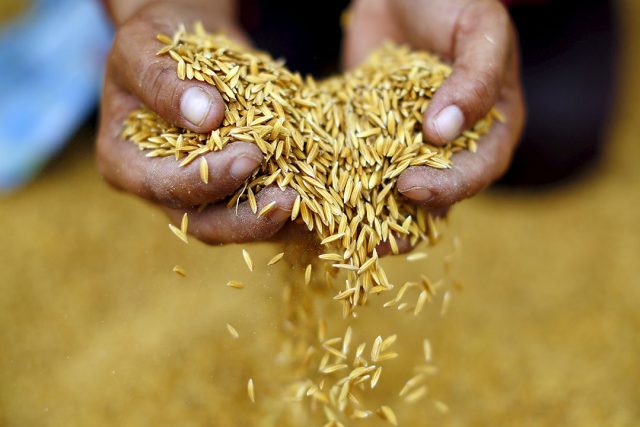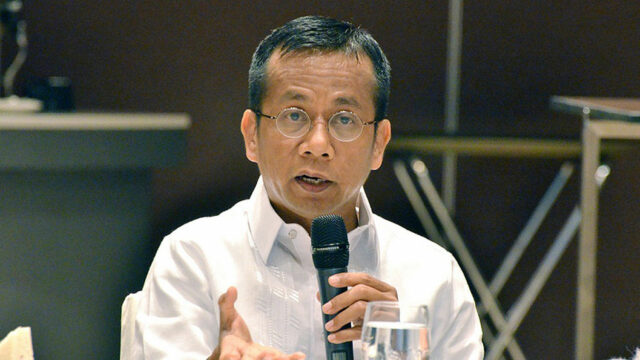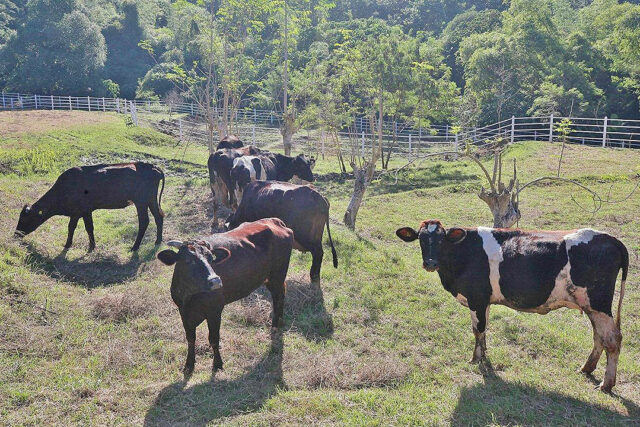By Beatriz Marie D. Cruz, Reporter
THE GOVERNMENT needs to source around P64 billion if it is to contribute its share of the project costs in works supported by official development assistance, the National Economic and Development Authority (NEDA) said.
“For 2024, the unprogrammed appropriations that’s available for the ODA (official development assistance) funded projects stand at P236.49 billion,” Paul Andrew M. Tatlonghari, NEDA-Monitoring and Evaluation Staff officer-in-charge and assistant director, said at a briefing last week.
The 12 implementing agencies overseeing the 49 foreign-assisted projects, on the other hand, are requesting P300.01 billion, which means a potential funding gap of just under P64 billion.
Unprogrammed funds are those which the government has no definite sources for as yet, though it has declared its intention to spend. The government can address such shortfalls by taking on more debt, enhancing tax collections, or asking government-owned and -controlled corporations (GOCCs) to contribute more dividends.
The unprogrammed budget also includes support for persons who will be displaced by projects as well as P3 billion for right-of-way payments, NEDA said.
“We’re seeing a shortfall because there’s only limited UA (unprogrammed appropriations) than what is being requested by the agencies,” Mr. Tatlonghari said.
“There’s an overhang there that they would have to catch up in the succeeding years,” Mr. Tatlonghari said.
According to NEDA’s latest ODA Portfolio Review, agencies would need a total of P2.03 trillion to complete 69 projects in the next few years.
Of these, the Department of Transportation would need the most funding — P1.19 trillion.
Implementing agencies would need P483.56 billion next year to support foreign-assisted projects, a funding requirement that is expected to rise to P488.47 billion in 2026 and P745.22 billion in 2027.
“While there are available loan balances from development partners, disbursement of these loan proceeds cannot proceed without corresponding appropriation in the GAA. Hence, each loan-supported project must secure adequate budgetary cover within the fiscal year to enable withdrawal of loan proceeds,” NEDA said.
ODA works typically require the government to come up with counterpart funding, to ensure that the host country has an interest in the project’s success.
Rizal Commercial Banking Corp. Chief Economist Michael L. Ricafort said GOCC surpluses are more and more likely to be harvested going forward if the government is to keep its roster of ODA-backed projects going.
“On a policy level, government can improve revenue collection, introduce new taxes or undertake domestic or foreign borrowing to fund next year’s budget priorities,” Terry L. Ridon, a public investment analyst and convenor of think tank InfraWatch PH, said via Viber.
To avoid implementation delays, agencies may request the Commission on Elections to exempt major infrastructure projects from its spending ban ahead of the midterm elections, NEDA Secretary Arsenio M. Balisacan told the briefing.
Meanwhile, the Department of Finance (DoF) is looking to develop a microsite promoting transparency in implementing ODA-backed projects.
The proposed microsite will include detailed project descriptions and progress reports, it said in a statement.
The DoF and its partner agencies have been in talks to streamline, codify and automate the negotiation and implementation procedures for ODAs.










